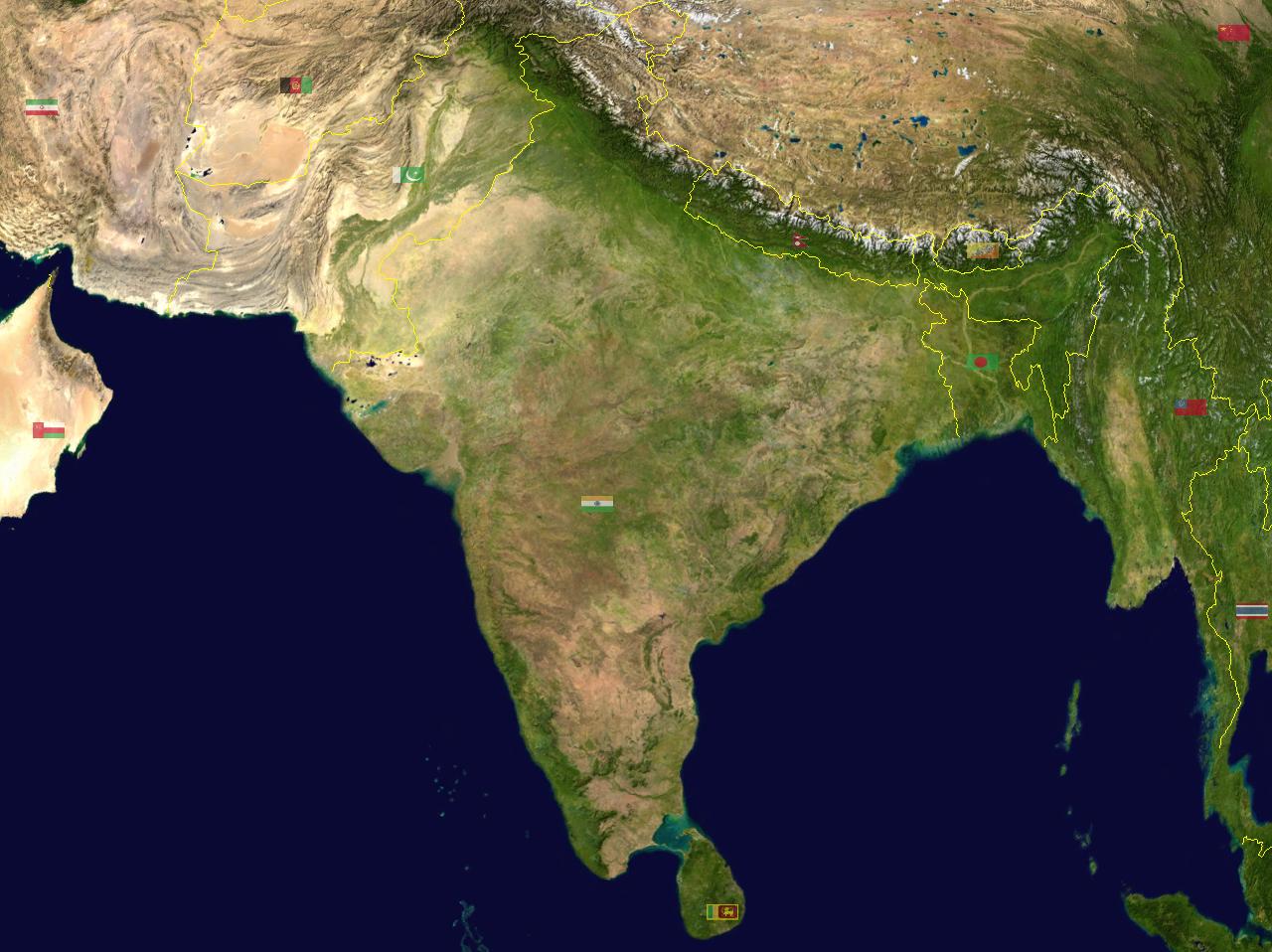|
Yindu (other)
Yindu may refer to: *Yindu District, in Anyang, Henan, China *Yindu Chin, or Dai, an ethnic tribe of Chin, Myanmar *, the Hanyu Pinyin transliteration of the Chinese name for modern India See also *Tianzhu (other) Tianzhu may refer to: Locations in China * Mount Tianzhu (), in Anhui *Tianzhu County, Guizhou (), in Qiandongnan Miao and Dong Autonomous Prefecture, Guizhou *Tenzhu Tibetan Autonomous County (), or Tianzhu, in Wuwei, Gansu *Tianzhu, Beijing (), ..., an older Chinese name for India * Shentu (other) * Hindu (other) {{Disambiguation ... [...More Info...] [...Related Items...] OR: [Wikipedia] [Google] [Baidu] |
Yindu District
Yindu District () is a district of the city of Anyang, Henan province, China. The archeological site of Yinxu Yinxu (; ) is a Chinese archeological site corresponding to Yin, the final capital of the Shang dynasty (). Located in present-day Anyang, Henan, Yin served as the capital during the Late Shang period () which spanned the reigns of 12 Shang ki ... is located in Yindu District's Xijiao Township. Administrative divisions As of 2012, this district is divided to 9 subdistricts and 1 township. ;Subdistricts ;Townships * Xijiao Township () References County-level divisions of Henan Anyang {{Henan-geo-stub ... [...More Info...] [...Related Items...] OR: [Wikipedia] [Google] [Baidu] |
Yindu Chin
The Dai are an ethnic group living in Chin State, Myanmar (Burma). The Dai comprise 32 Chin tribes, which have been recognized by the Government of Burma since 1890. According to a census by the State Peace and Development Council military regime, the Dai are listed as the 62nd of the 135 recognized ethnic groups of Burma. Researchers also refer to them as the Dai group in ethnic survey reports. The Dai-Chin are of Tibeto-Burman descent. They primarily live in Mindat Township, Mindat, Paletwa, Matupi, Myanmar, Matupi, and Kanpetlet townships of southern Chin State. With more than 180 villages and a population estimated between 35,000 and 45,000, the Dai-Chin represent the majority ethnic group in the Southern Chin Hills. Ethnonyms The name "Dai" is derived from a root in the Tai/Dai language family meaning "peace," "plain," or "harmony." According to Thang Hleih, "Dai" represents people who live peacefully, lovingly, and harmoniously. Despite the region’s mountainous nature ... [...More Info...] [...Related Items...] OR: [Wikipedia] [Google] [Baidu] |
Yìndù
The Republic of India is principally known by two official short names: India and Bharat. An unofficial third name is Hindustan, which is widely used throughout North India. Although these names now refer to the modern country in most contexts, they historically denoted the broader Indian subcontinent. "India" () is a name derived from the Indus River and remains the country's common name in the Western world, having been used by the ancient Greeks to refer to the lands east of Persia and south of the Himalayas. This name had appeared in Old English by the 9th century and re-emerged in Modern English in the 17th century. "Bharat" () is the shortened form of the name "Bhāratavarṣa" in the Sanskrit language and grew in popularity during the 19th century. It originates from the Vedic period and is rooted in the Dharmic religions, particularly Hinduism. The long-form Sanskrit name is derived from the Bharata tribe, who are mentioned in the Rigveda as one of the principal peop ... [...More Info...] [...Related Items...] OR: [Wikipedia] [Google] [Baidu] |
